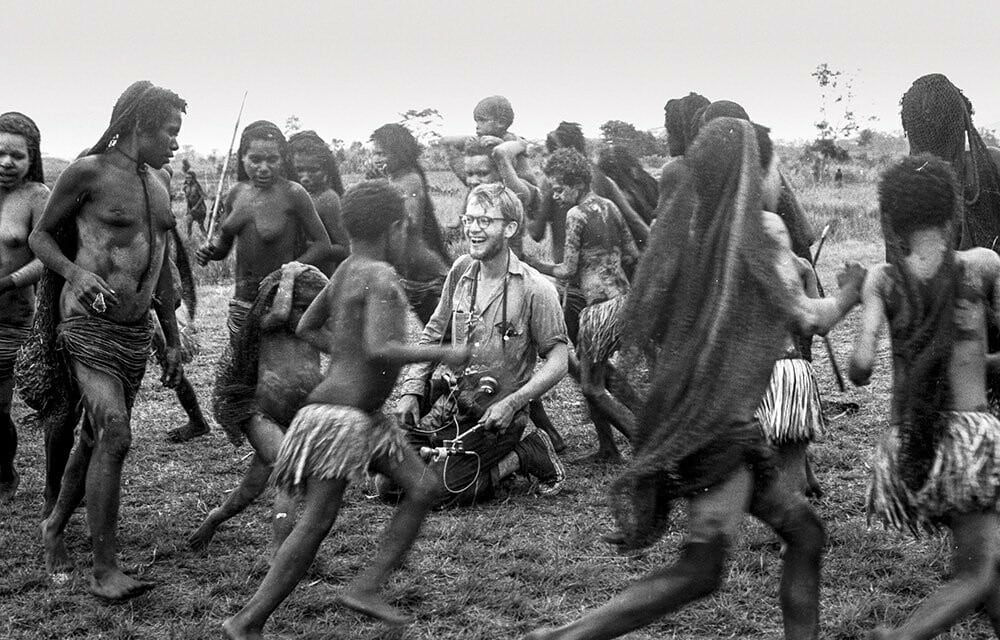In a plot twist that nobody saw coming – but that should’ve been visible from a mile away – the CIA partnered up with a fraudster investor in the 1980s, and got hosed. CIA agents ended up sinking their life savings, and those of their relatives, only to lose their shirts in what turned out to be a Ponzi scheme. Below are thirty things about that and other fascinating plot twists from history.
30. The Informant Who Conned the CIA

In the late 1970s and early 1980s, Ronald Rewald made a name for himself in Honolulu as a rising business star and playboy. In his youth, he had spent a year as a CIA informant, monitoring student groups at the University of Wisconsin-Madison. So when he became a seemingly successful Hawaii investor years later, the Agency was delighted when he offered to let it use his investment firm as cover for clandestine activities. Accordingly, some of America’s spies were “hired” to work at Rewald’s firm, Bishop, Baldwin, Rewald, Dillingham, and Wong.

In a plot twist, few saw coming – but that the CIA should have – the spies got defrauded and taken to the cleaners by Rewald. Before he moved to Hawaii, Rewald ran a Wisconsin company that sold sporting goods to schools. The business ended up in bankruptcy because of fraud, and he pled guilty to criminal charges. He relocated to Honolulu, where he started an investment firm, with its first three names those of famous rich Hawaiians who had nothing to do with Rewald. He simply slapped their name on the letterhead to give the firm some gravitas. Another and bigger problem with the firm was that it was a pure Ponzi scheme.

